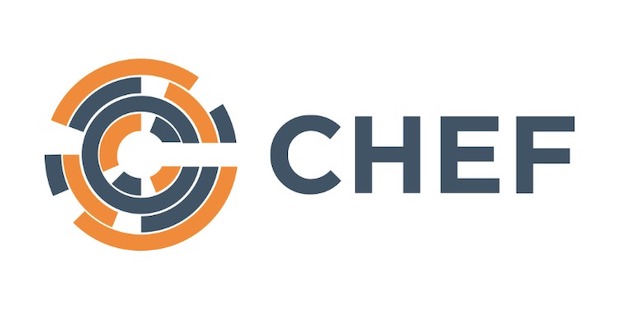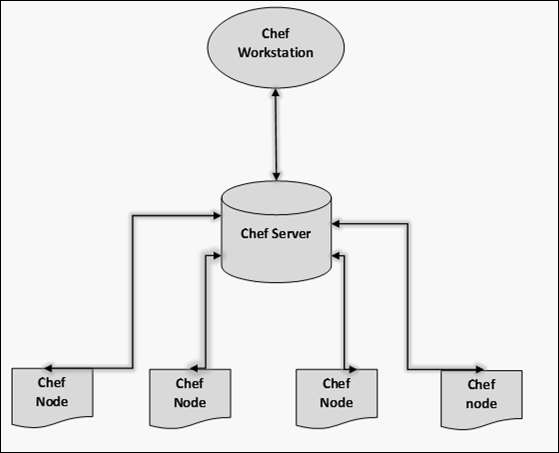What is Chef? Although the name tricks a lot of people into thinking it has something to do with culinary arts, Chef is actually a type of configuration management software that helps organizations manage, organize, and monitor the changes in the codes or documents during the Software Development life cycle.
When co-founder Adam Jacob created a tool for his consulting company to help build end-to-end server/deployment tools, he did not think of it initially as a commercial product, but it has today grown to being among the most popular configuration management tools available that is endorsed by several high profile tech companies.

Why Something Like Chef is Needed
In the process of software development, it is important to keep track of all the changes made to the software during its life cycle. In case, development is done on a single computer, or even a few computers, it is easy to manage the work and changes made from time to time. But imagine a giant tech company like Facebook, with a lot of updates or feature rollouts happening every few days, it is almost impossible to do it without a configuration management software. Chef is a popular software available for configuration management, and learning to use it through a Chef training course can have interesting benefits.
Don’t Miss-
Best Food Delivery WordPress Themes
21 HTML5 Restaurant & Cafe Website Templates
What is Chef Made Up Of?
Chef was written in Ruby and Erlang, and was initially created to manage Linux, but it also supports Microsoft Windows. It has the ability to integrate and work over various cloud platforms, along with the ability to work on-premises or in a hybrid manner.
The basic working principle of Chef is to convert infrastructure into code. Following are the important parts and their functions in Chef
• Chef Server:
It manages the nodes that together make the infrastructure by having the Chef client run on the nodes.
• Nodes:
A node is anything in the computing environment that is managed. It can be a laptop, a computer, or a virtual drive.
• Cookbook:
The server stores information about the configuration of nodes. This information is stored in sets called cookbooks. Cookbooks are created and/or modified on developers’ workstations.
• Recipe:
Recipes can be said to be subsets of cookbooks that are a set of resources that store attributes or desired attributes of particular nodes.
• Knife:
It is a command line utility that is used on the workstation for purposes such as sending updated cookbooks to the server.
The following image gives a brief overview of the Chef architecture:

How Chef Works
The Chef server is constantly connected and responsible for managing all the nodes in the infrastructure. The Chef client runs on each node. The server stores information about nodes in the form of cookbooks and recipes. The Chef client pulls the Chef server periodically to look for possible changes in the cookbooks. In case of detected changes, the server sends the latest versions/settings to the Chef client, which then applies the changes to respective nodes, keeping it up-to-date.
Chef comes in two flavors, viz. open-source and enterprise. The open source flavor is, as the name suggests, free of cost. The enterprise Chef is built on top of the open source Chef and includes additional features such as the possibility of managing multiple organizations using a single Chef server, reporting tools and professional services and support from the vendor.
A number of Chef cookbooks with already stored configurations of various types are available for free on the community site. This means every time someone tries to run Chef on Windows or Linux or Mac, he or she does not have to start from scratch.
Benefits of Learning Chef
In an almost entirely computer-driven world with companies developing a myriad of software products ranging from games and banking apps to chat spaces and enterprise solutions, a lot of configuration management is required. Chef is one of the best configuration management softwares available in the market, especially because the computing environment does not need to adapt to the software but Chef can adapt itself to the available infrastructure.
According to PayScale, the average salary for a Development Operations engineer with Chef skills is $93,197. That’s quite an incentive to pursue a Chef course that will introduce you to the world of configuration management and help you master Chef skills. Enrol now and get started on a great career.




